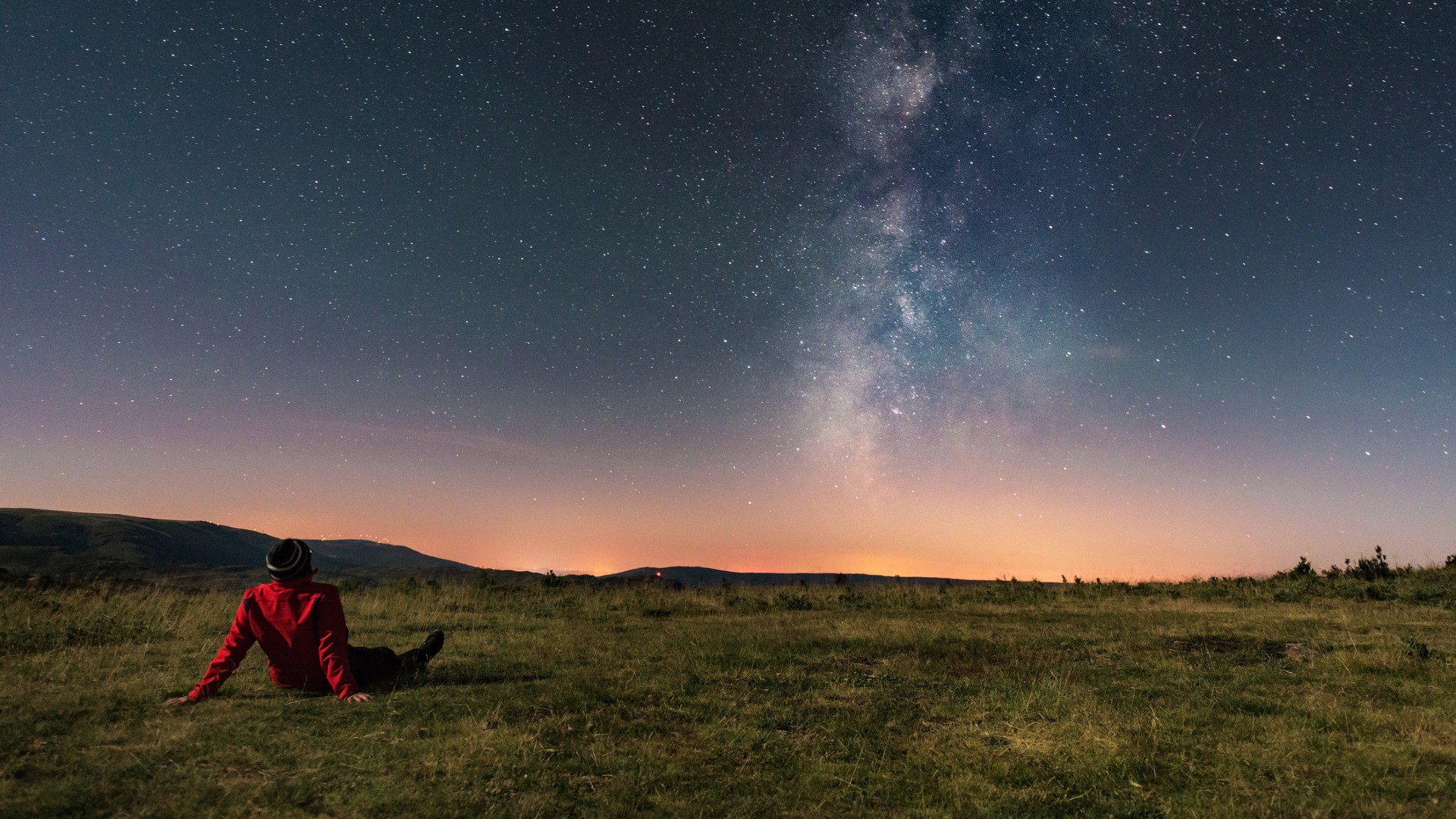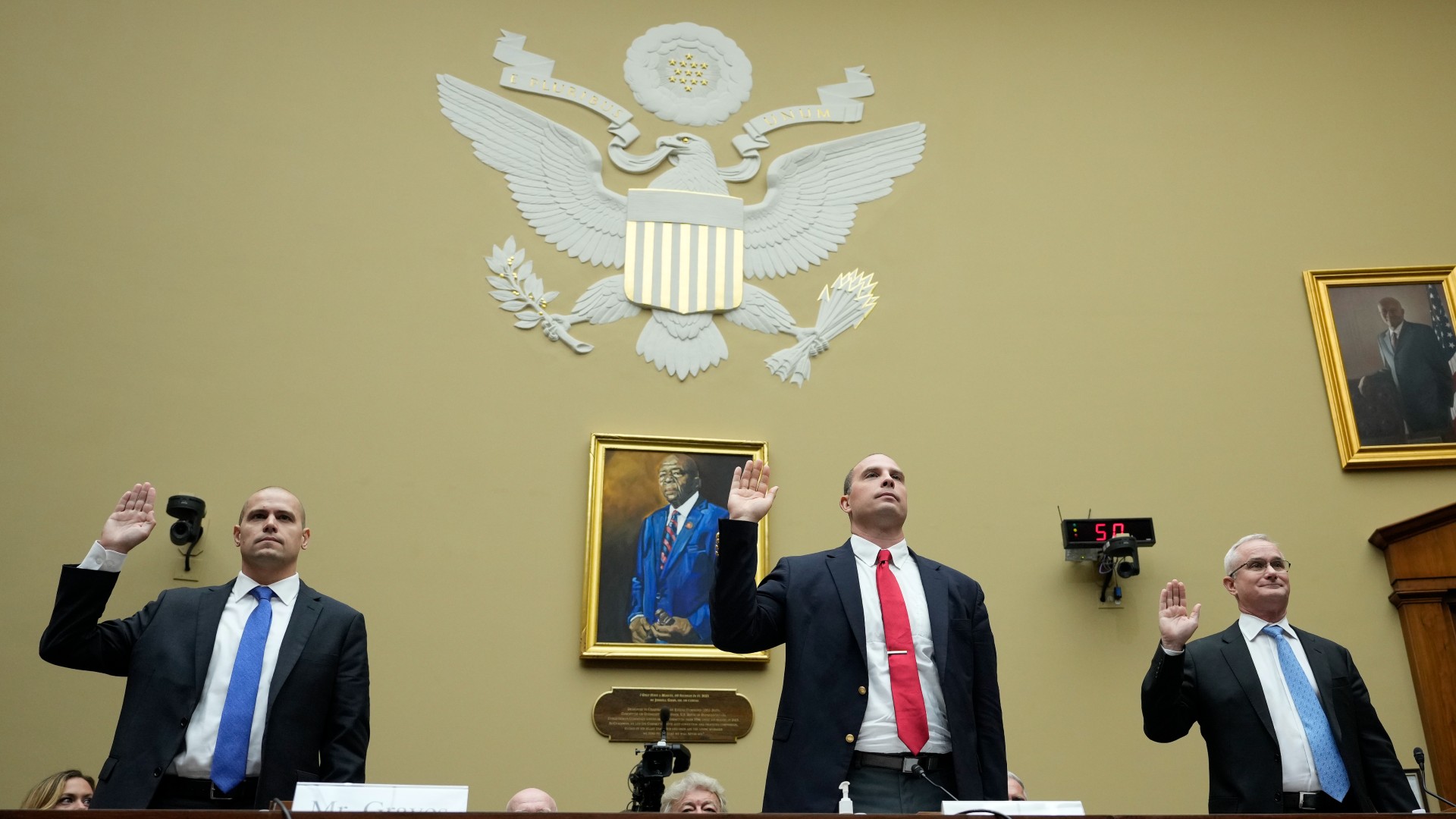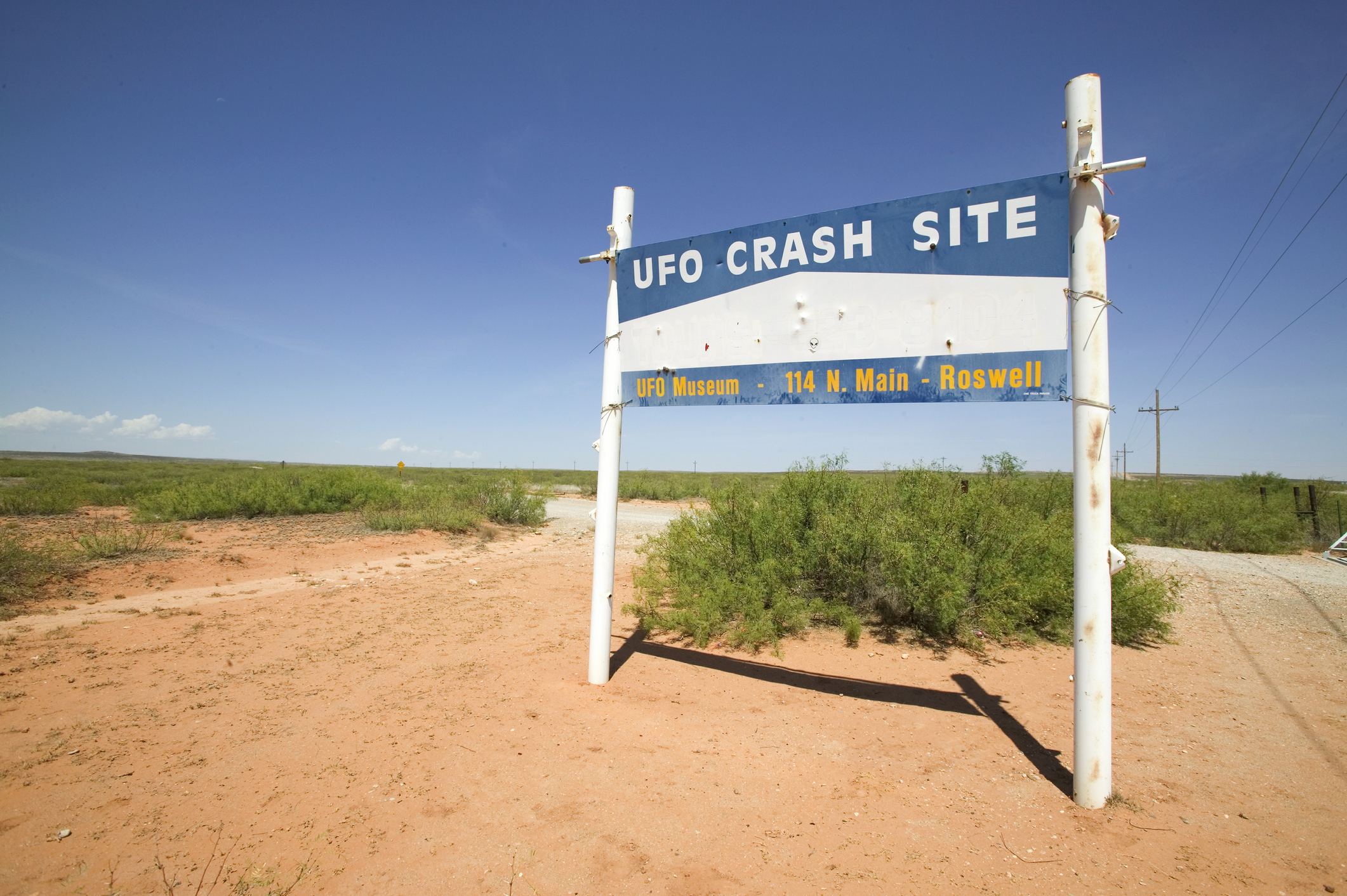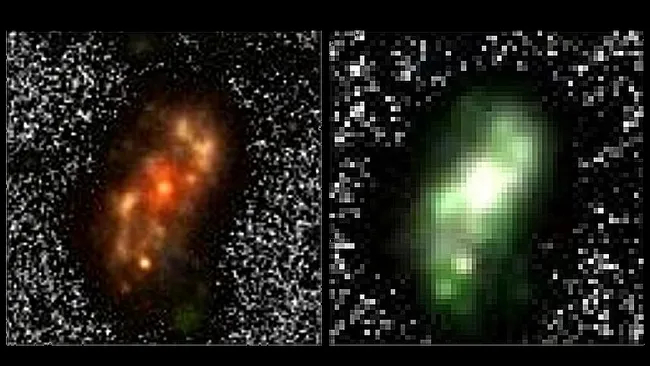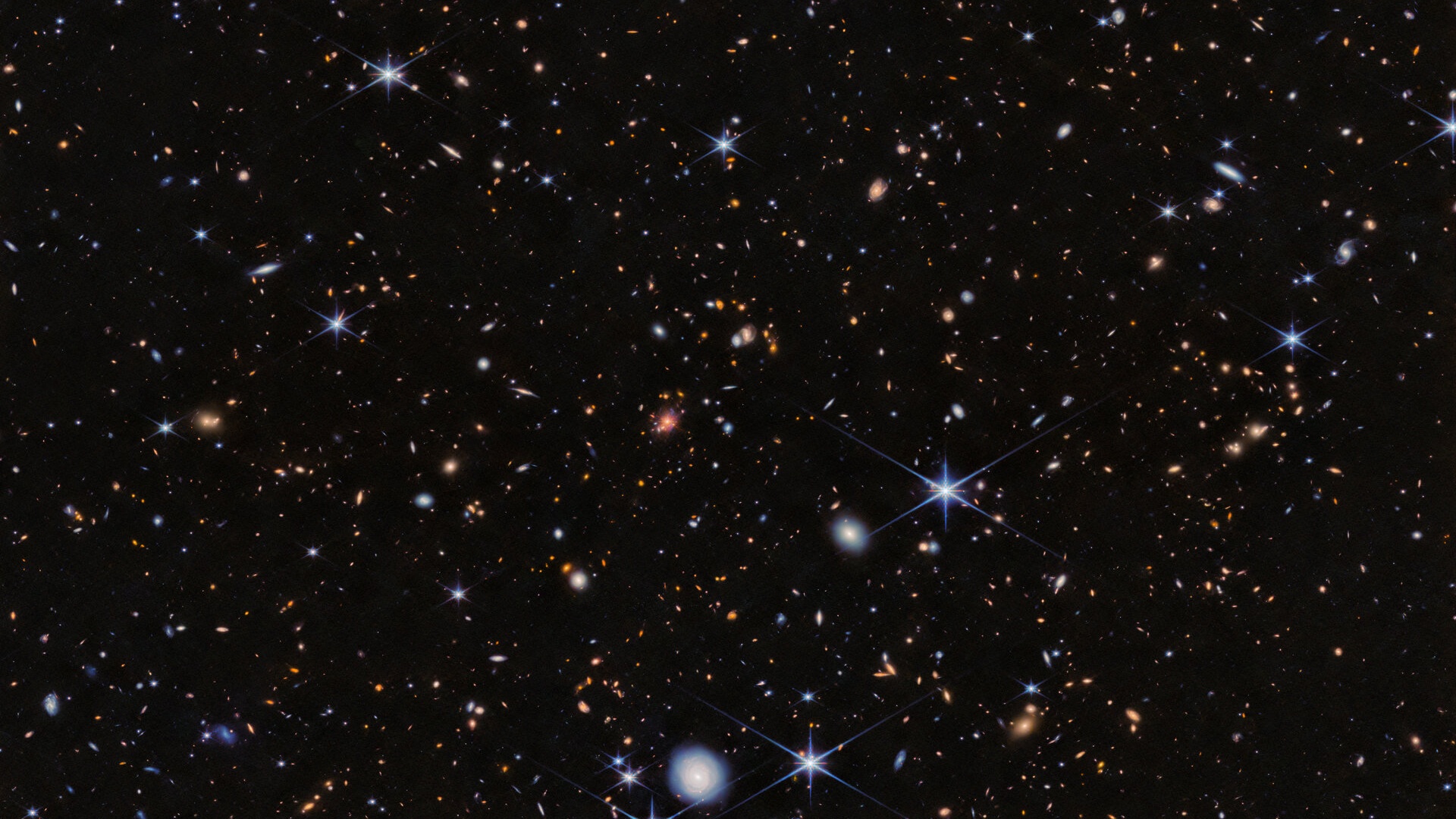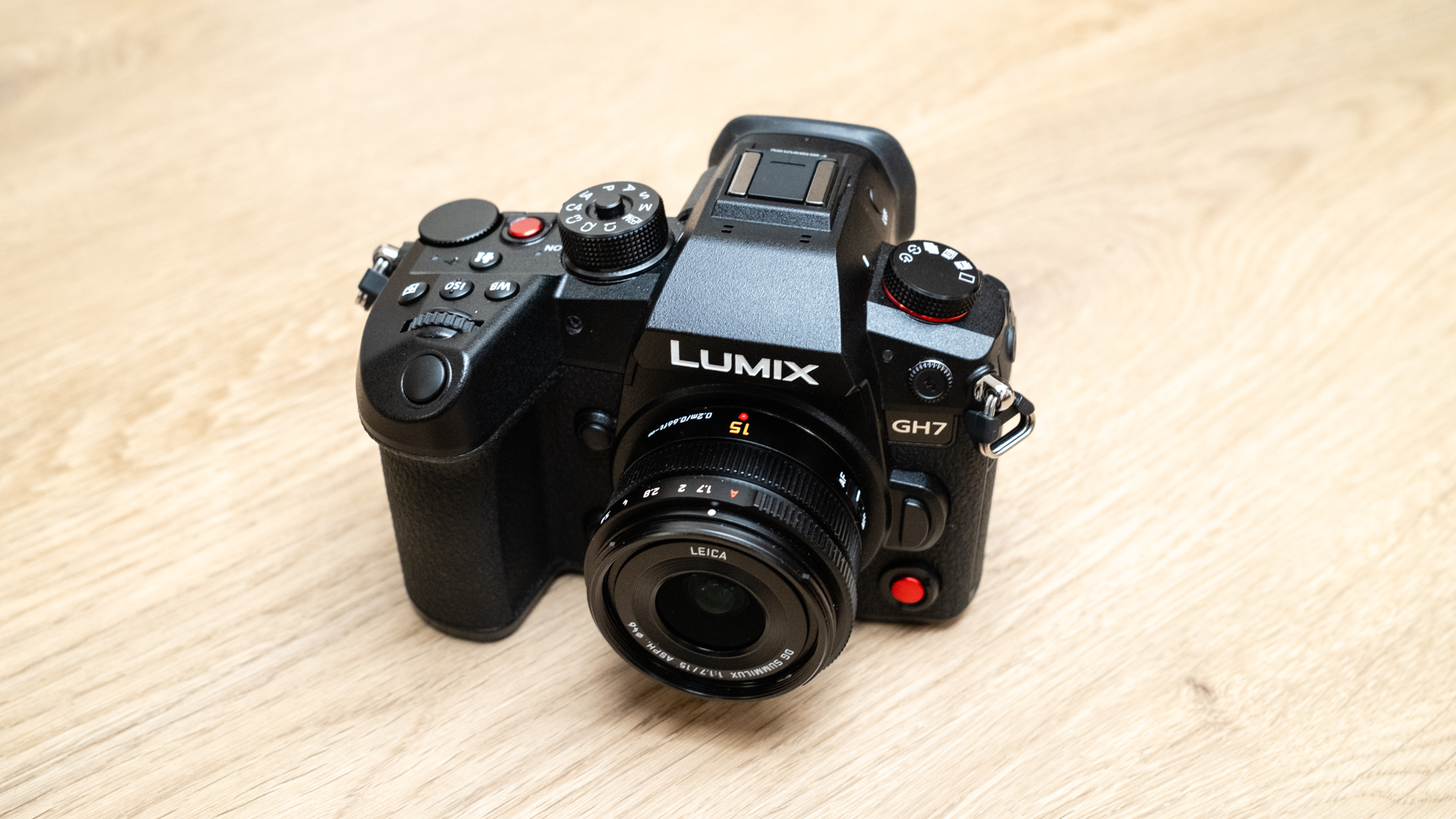It seems fair to say that this year has arguably been a page-turner in defining and refining interest in Unidentified Anomalous Phenomena (UAP), a new term — rightly or wrongly — for Unidentified Flying Objects (UFOs), those unknown events or craft seen in our skies.
There have been back-to-back open Congressional hearings and several classified gatherings in hush-hush, closed-door sensitive compartmented information facility (SCIF) settings. “Whistleblowers” toot tales of retrieved objects and super-secret reverse engineering efforts to look under the hood of recovered vessels. Even claims of non-human “biologics” being pulled out of the wreckage of crashed craft.
No single explanation addresses the majority of UAP reports, points out the All-domain Anomaly Resolution Office (AARO), the U.S. Government lead for diving in and deciphering the nature of now joined at the hip and lip lingo, UAP/UFOs. So what should happen in 2025 to move the UAP/UFO story forward? Are we at a dead-end? Conversely, is the coming year one of “full disclosure?”
Perhaps humanity is going to be on the receiving end of a shocking revelation that we are accompanied minors in a grown-up universe of intelligent civilizations?
Whatever the case, adult supervision seems advisable. On that pursuit, Space.com asked several leading UFO/UAP experts to look ahead into 2025.
Promising promises
A number of civilian institutions are making promising progress said Mark Rodeghier, president and scientific director of the J. Allen Hynek Center for UFO Studies, based in Chicago, Illinois.
What Rodeghier personally hopes to see in 2025 is continued progress with these groups, and others, new people entering the field with expertise and energy, and more development of the academic/professional UFO community.
“All of that will move the story forward, though at a sedate pace,” Rodeghier said. To truly make a significant difference — barring some amazing case, or “disclosure” with a capital D, or a detection by SETI researchers of an alien signal — he would like to see:
- NASA take an active role and decide to fund proposals directly on the UAP subject
- Congress mandate funding via, for example, the National Science Foundation, to support research on UAP
- AARO to be more open, within understandable constraints of classification, to releasing their case investigations, and especially, of course, the case investigations for sightings which they cannot resolve.
“I’m not that hopeful, even given good intentions, that more Congressional hearings will be much help, without new whistleblowers with firsthand testimony,” continued Rodeghier. “Otherwise, I want Congress to make certain that AARO has the resources required and to conduct thorough oversight of AARO’s work,” he said.
Hearings, legislation
Next year will see more congressional hearings, possibly additional legislation, and holding the DoD’s AARO office publicly accountable, observes Jeff Gould who runs the UAP News Center, an informative website that finds and links to UFO daily news.
“Congress has clearly been deeply interested in the issue in the past three years. I anticipate that they will continue to pursue the UAP topic,” said Gould. He expects more former government officials coming forward to speak on the topic.
Wild card ahead?
Gould said the scientific community will advance in two ways.
“There will be increased willingness by the larger scientific community to broach the topic,” and anticipates more papers of greater depth going forward. This year, he said, academic papers included a civilian astronomer’s guide to UAP research, the commissioning of an all-sky infrared camera array for detection of airborne objects, as well as detecting extraterrestrial life with astophotonics.
Additionally, there are research organizations focused on UAP that will continue to deliver relevant research, Gould said, including Harvard’s Galileo Project, Stanford University’s Sol Foundation that’s a think tank undertaking cutting-edge inquiry into all aspects of UAP, as well as The SETI Institute.
“The wild card is the Trump administration,” Gould said. “They seem to have a bias towards declassification. Will they declassify UAP related documents? We’ll see,” he concluded.
Conspiratorial-driven mythos
In 2025, science needs to get serious about studying UAP, “or we will be stuck at a dead end of the conspiratorial-driven mythos,” said Alejandro Rojas, a consultant for Enigma Labs that labels itself as the “#1 destination for UFO sighting alerts.”
The newly found credibility of the topic, said Rojas, “has highlighted a blind spot the Pentagon had toward detecting low-tech small craft flying within secured airspace on land and sea.”
While concerning, that’s a very terrestrial and human problem, Rojas added.
Government conspiracies
“Regarding the anomalous side of the issue, public interest is centered on unsubstantiated claims of government conspiracies regarding aliens and Roswell [New Mexico]. To some, UFO disclosure only means ‘tell me what I already know, aliens are here and the government interacts with them.’ Opportunists, many of them longtime proponents of alien conspiracies, tell the public what they want to hear sans evidence,” said Rojas.
The outcome is that this creates a lot of distrust and foments a hostile attitude towards scientists and those trying to research the topic methodically, Rojas said.
“I think that we will never know what is truly going on until we make a space where we can publicly and transparently engage in and encourage hard data collection from sensor systems and careful scientific analysis of that data,” Rojas advised.
Increased transparency and openness
Delving into the topic for 18 years, Robert Powell, executive board member of the Scientific Coalition for UAP Studies (SCU) explains that he’s confident about one fact. “The UFO/UAP subject is not hindered by our calendar and will continue to move forward well past the year 2025,” he said.
In the coming year, Powell spelled out SCU’s agenda, promoting three areas:
- Federal and private investments in unclassified UAP science research by academia and the scientific community. Increased collaboration between scientists, researchers, and government agencies could foster a more rigorous and multidisciplinary approach to the study of UAP. This is an approach that we have never taken since the phenomenon began in 1942.
- Development of advanced UAP detection and sensor technologies. Significant sums of money are needed for the development and the deployment of networked sensor arrays.
- Increased transparency and openness in the study of UAP. We must move away from a military-based study of the phenomenon to a science-based study. The former is controlled by secrecy while the latter depends on openness and collaboration.
“It matters not whether one believes that UAP are controlled by an advanced intelligence,” Powell said. “The more exoplanets we discover, the more we know that someday the time will come when we will make first contact with another intelligence.”
Powell said there’s need to start now to establish clear definitions of near-Earth technosignatures, communication protocols, and the responsible and ethical sharing of knowledge gained from such contact.
“Furthermore, we must consider who should represent humanity in such a momentous event,” Powell observed. “Should it be a nation-state’s military organization or an entity that speaks for all of humanity? This is a critical question with far-reaching implications for the future of our species,” he said.

